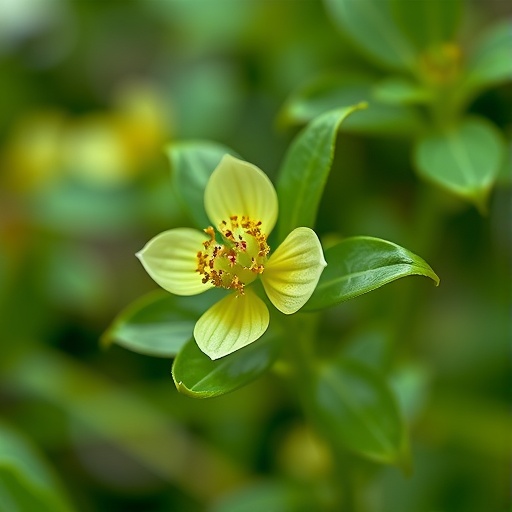
Credit: American Chemical Society
Think of life as a house: if DNA molecules are blueprints, then messenger RNAs (mRNAs) are orders, describing the required parts (proteins) and when they should arrive. But putting in many orders doesn't always mean you'll get all of the parts on time — maybe there's a delay with your vendor or delivery service. Similarly, mRNA levels alone do not dictate protein levels. Today in ACS Central Science, researchers report a method to address that issue.
David Tirrell, Kelly Burke and Katie Antilla note that in order to better understand how genes are regulated, one needs to see the mRNA when it is at the site of protein synthesis. Using fluorescence probes, the researchers designed a technique that shows mRNA when it comes in contact with giant protein synthesizing machines called ribosomes. They used this method to record the synthesis of proteins and to measure cellular responses to iron. Unlike previous methods, their tool works without the need to engineer an mRNA of interest. Tirrell notes that the method is applicable to essentially any type of RNA, and could be modified to visualize other types of interactions in the cell.
###
The authors acknowledge funding from the National Science Foundation, Rose Hills Foundation, German Research Foundation and the Gordon and Betty Moore Foundation.
The paper will be freely available on May 3 here: http://pubs.acs.org/doi/full/10.1021/acscentsci.7b00048
The American Chemical Society is a nonprofit organization chartered by the U.S. Congress. ACS is the world's largest scientific society and a global leader in providing access to chemistry-related research through its multiple databases, peer-reviewed journals and scientific conferences. ACS does not conduct research, but publishes and publicizes peer-reviewed scientific studies. Its main offices are in Washington, D.C., and Columbus, Ohio.
To automatically receive news releases from the American Chemical Society, contact [email protected].
Follow us: Twitter | Facebook
Media Contact
Katie Cottingham
[email protected]
301-775-8455
@ACSpressroom
http://www.acs.org
############
Story Source: Materials provided by Scienmag





